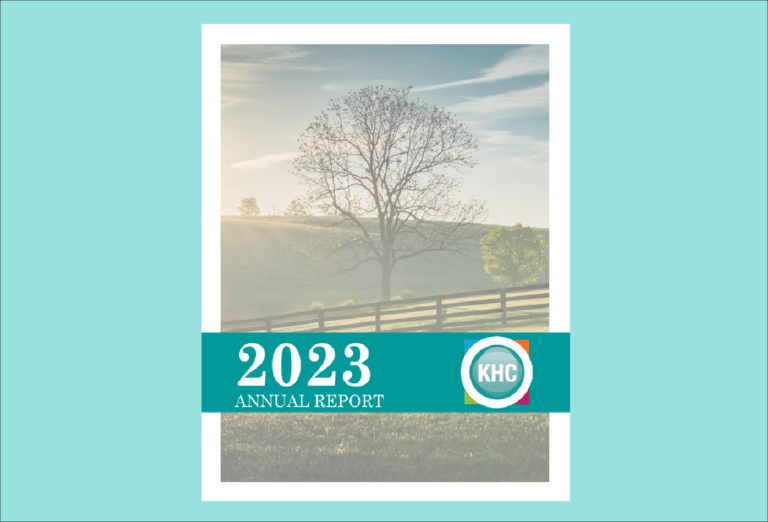If there was ever a time for us to recognize the universal nature of mental health, it is now. With the spread of the COVID-19 pandemic, most of us have experienced loneliness, anxiety, fear, anger, and sadness, among other challenging feelings. Perhaps these challenges are new for some, and perhaps for the one in five people with a preexisting mental health condition, these challenges have been exacerbated. Regardless of your perception or relationship to mental health prior to the pandemic, this situation has reinforced the fact that all of us have mental health to consider. As we all adapt to new recommendations for protecting our physical health such as wearing masks and social distancing, let us also take action to protect and promote our mental health.
In timely fashion, May is Mental Health Month. A tradition dating back to 1949, Mental Health America observes every May as a time to promote the message that mental health is something that everyone should care about. This Mental Health Months’ theme is “Tools 2 Thrive” and aims to share practical tools that everyone can use to improve their mental health and increase their resiliency when facing challenges. Mental Health America has consolidated these tools in their 2020 Mental Health Month Toolkit. Here, readers can see tips, facts, and worksheets for:
- Connecting with Others
- Creating Healthy Routines
- Finding the Positive After Loss
- Eliminating Toxic Influences
- Owning Your Feelings
- Supporting Others
In support of Mental Health Month, the Kentuckiana Health Collaborative team is sharing how we have been taking care of our mental health during these challenging times.
Stephanie Clouser
As an introvert who often overschedules herself socially to the point of exhaustion, in a way I feel like I’ve been craving an extended moment like this. I’ve welcomed the opportunity to recharge. Still, there are added pressures and anxieties that come along with it. I have found success navigating the last couple of months through a balance of structure and spontaneity. From the beginning, I set up a working routine that included getting dressed in the morning even if I wasn’t leaving the house, only working from my home office and not from the couch, and more. But too much structure and planning doesn’t leave a lot of room for happiness, so when it comes to how I spend my non-working time, I give myself the space to pursue what inspires me that day. Maybe that includes going for a walk instead of a run or reading instead of journaling. As long as I’m doing something that’s either productive or good for my soul, I go with it!
Emily Divino
At the beginning of the week, I write in my planner a small goal I want to accomplish every day. These goals can be as small as just doing my laundry or carving out time to go run. For me, this process instills a sense of productivity and helps me maintain some sort of routine amongst the ongoing chaos. The extra time at home has also allowed me to start on household projects that I have been meaning to do for a while. I am also making sure to partake in activities that bring me joy, like listening to music or crafting. However, I do still find myself struggling at times adjusting to this new normal. I find that talking to my friends and family about the current situation and how we are feeling helps me cope. Virtual platforms, like Zoom, have been a great way for me to stay connected to my friends and family during these times.
Natalie Middaugh
I know I am not alone in saying that life has felt like a roller-coaster since the onset of COVID-19. Some days and weeks, I settle into a groove and am thriving with working from home, connecting with friends and family, and making the most of newfound free time. Other days and weeks, I feel incredibly overwhelmed with uncertainty, anxiety, and stress. What has helped me most in managing these ups and downs is checking in with myself, recognizing how I’m feeling, and identifying what I need to do to honor and manage those feelings. Helpful habits for me have included maintaining my sleep and exercise routine, reducing screen time, taking long leisurely walks with my dog, reading, and exploring new and old hobbies alike.
Demonstrated here, there are a variety of ways to support mental health. Although this may look different for each of us, it’s important to remember that this is shared experience. Mental Health Month can help serve as a reminder of this fact and provide useful tools for managing and promoting our mental well-being.
If you are concerned about yourself or a loved one, Mental Health America offers a free mental health screening tool. For free and confidential support for people in distress, prevention and crisis resources for you or your loved ones, and best practices for professionals, call the National Suicide Prevention Lifeline at 1(800) 273-8255.






